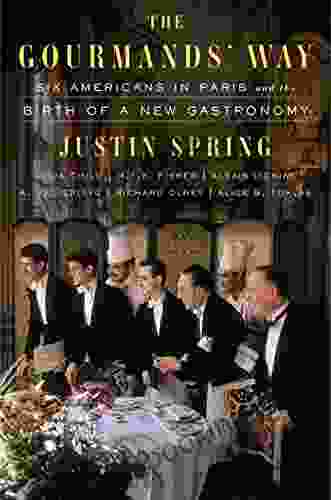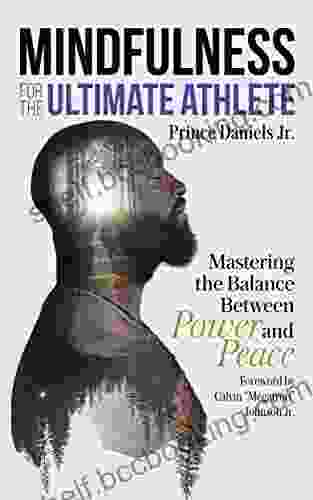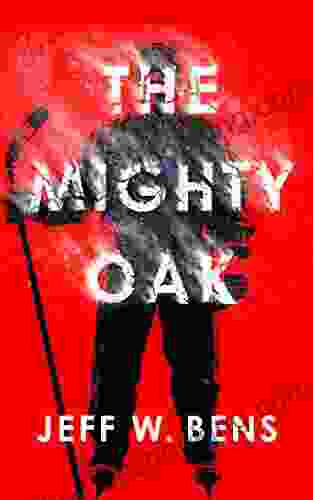Prologue: Stepping into the Arena of Masculinity
In the literary landscape, Phil Stamper's "Golden Boys" stands as a beacon of profound exploration, delving into the intricate labyrinth of masculinity. With a keen eye and a compassionate heart, Stamper invites readers to confront the multifaceted nature of male identity, guiding us through a labyrinth of experiences, challenges, and triumphs.
As we enter the pages of "Golden Boys," we are greeted by a cast of characters as diverse as the mosaic of masculinity itself. Each individual carries a unique burden of expectations, aspirations, and vulnerabilities, mirroring the myriad ways in which society defines and shapes manhood.
4.4 out of 5
| Language | : | English |
| File size | : | 3278 KB |
| Text-to-Speech | : | Enabled |
| Screen Reader | : | Supported |
| Enhanced typesetting | : | Enabled |
| Print length | : | 344 pages |
| Lending | : | Enabled |
Chapter I: The Golden Facade: Expectations and Ideals
At the outset, we encounter the titular "golden boys," young men who embody the idealized notions of masculinity: athletic, confident, and driven. Yet, beneath this veneer, Stamper reveals the cracks and fissures that lurk beneath the surface.
"Golden Boys" challenges the myth of male invincibility, exposing the emotional fragility and pressure that often accompany the pursuit of perfection. Stamper deftly weaves together personal narratives with insights from psychology and cultural studies, painting a nuanced portrait of the complex interplay between societal expectations and individual identity.
Chapter II: The Shadow Side: Violence and Emotional Suppression
As we delve deeper into the book, the golden facade begins to crumble, revealing the darker underbelly of masculinity. Stamper confronts the disturbing prevalence of violence, both physical and emotional, within male culture.
Through unflinching prose, he exposes the devastating consequences of suppressing emotions, encouraging readers to break free from the shackles of toxic masculinity. By shedding light on the root causes of violence, "Golden Boys" urges us to reimagine healthier and more compassionate models of manhood.
Chapter III: Intimacy and Vulnerability: Unveiling the Hidden Self
In a refreshing departure from traditional portrayals, "Golden Boys" celebrates the importance of intimacy and vulnerability in male relationships. Stamper explores the transformative power of emotional connection, urging men to embrace their full humanity.
Through poignant and evocative storytelling, he demonstrates the transformative potential of vulnerability, both for individuals and society as a whole. By challenging the stigma surrounding male emotions, "Golden Boys" creates a space for meaningful dialogue and empathy.
Chapter IV: The Journey of Self-Discovery: Breaking Free from Stereotypes
The characters in "Golden Boys" embark on a collective journey of self-discovery, grappling with their own identities and rejecting the confines of societal stereotypes. Stamper astutely observes the complexities of race, class, and sexuality, highlighting the intersectionality of male experiences.
Through their struggles and triumphs, the characters in "Golden Boys" serve as role models, inspiring readers to question their own assumptions and embrace a more inclusive and fluid definition of masculinity.
Epilogue: A New Paradigm: Redefining Manhood
As the novel culminates, Stamper challenges us to reimagine the very foundations of masculinity. He invites readers to move beyond outdated and harmful stereotypes, embracing a more holistic and compassionate view of what it means to be a man.
"Golden Boys" is not merely a literary exploration; it is a call to action. It urges us to engage in meaningful conversations about masculinity, to challenge societal norms, and to strive for a more just and equitable world for all genders.


























































































